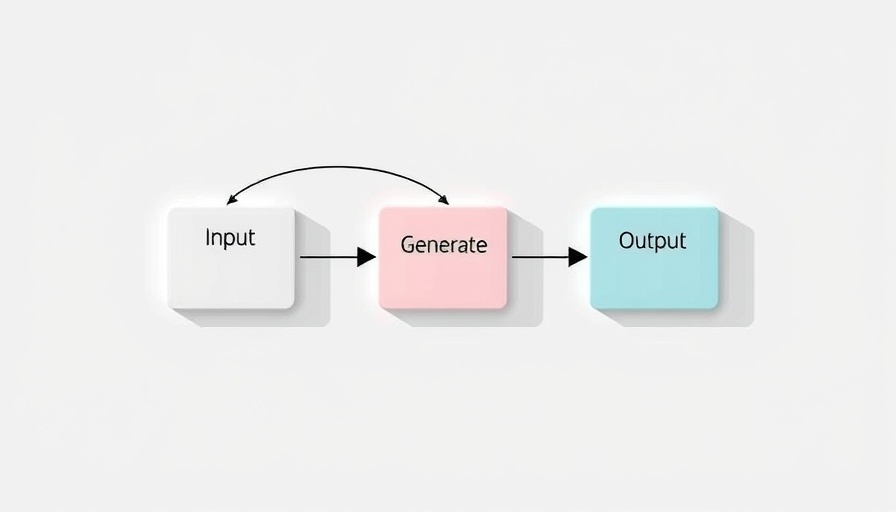
The Rise of No-Code Platforms in AI Development
In an age where speed and efficiency define success, technology giants are responding to market demands with innovative solutions. One such solution is Google's new no-code tool, Opal, which empowers users to create applications effortlessly. This advancement suggests a broader trend in the tech landscape—no-code platforms democratizing software development.
Opal: A Game Changer for Non-Developers
Google’s Opal tool allows users to input a natural language description of the application they envision, making the development process accessible to non-programmers. This user-friendly approach mirrors Amazon's recent introduction of Kiro, which also utilizes AI to streamline project workflows. Opal stands out, however, by connecting external tools and generating apps that can be easily shared, much like collaborative tools we encounter in everyday applications.
Unlocking Creativity Through AI
What makes Opal particularly remarkable is its visual editor, which represents an application as a collection of interactive cards. Users can structure workflows with steps that handle data input and processing, enabling creative solutions like auto-generating marketing materials or even game development. This flexibility is vital for modern businesses, where adaptability can drive engagement and growth.
Implications for Businesses and Future Trends
The introduction of tools like Opal suggests a seismic shift in how businesses approach app development. By lowering the entry barrier to application creation, companies can harness the creativity of all team members, not just those with coding expertise. This trend highlights the importance of integrating AI into everyday tasks, allowing businesses to explore innovative solutions without substantial investment in specialized skills. As AI continues to evolve, anticipation builds on how vendors will further refine these tools to enhance business capabilities and streamline operations.
In conclusion, Google's Opal tool exemplifies the future of app development, paving the way for greater innovation and accessibility. Business leaders should consider incorporating such technologies into their strategies to stay ahead in a competitive landscape. By leveraging no-code solutions, organizations can not only improve efficiency but also unleash the creative potential of their entire workforce.
 Add Row
Add Row  Add
Add 










Write A Comment